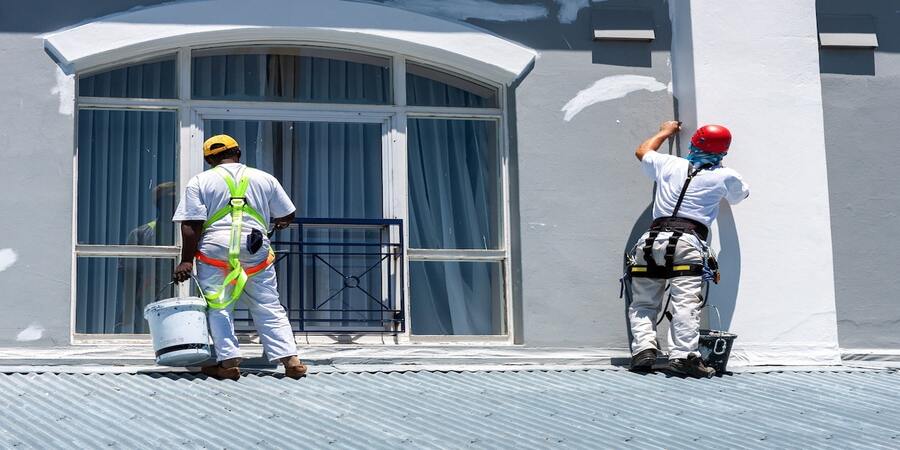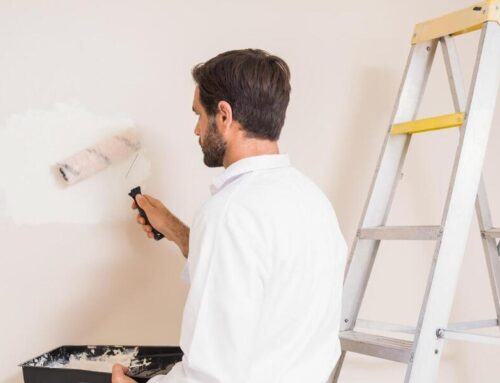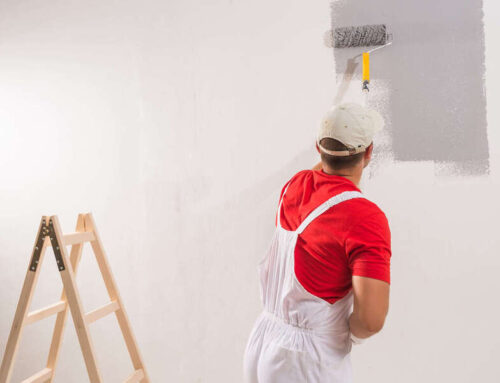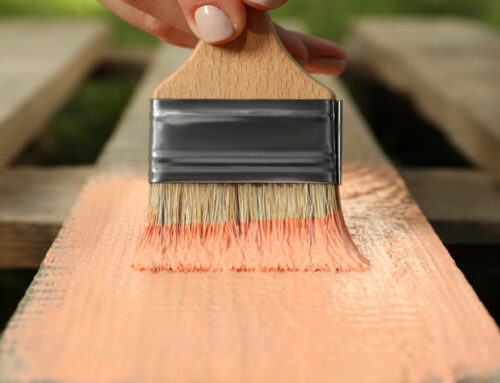Enhancing your home’s curb appeal requires one of the most transformative ways: exterior painting. It’s not only a worthwhile investment in renewing your home’s look, but it’s also crucial for protection against environmental factors. In this article, we’ll explore the importance of exterior painting services in safeguarding your home.
You’ll discover suitable paint types and finishes, get insights into common challenges, and gain best practices for achieving a visually appealing exterior that lasts. Whether weathering or mold is your challenge, we’ve got you covered with the best tips. Plus, we’ll highlight why hiring a professional painter is paramount for success.
The Importance of Exterior Painting
Your home’s exterior is constantly exposed to harsh weather conditions, UV radiation, pollution, and other elements that can cause gradual damage over time. Exterior painting protects against these elements, preventing moisture penetration, wood rot, and structural deterioration. By addressing these issues in a timely manner, you can avoid costly repairs down the line.
Furthermore, exterior painting is an excellent opportunity to revitalize your home’s appearance. Whether you’re looking to refresh the existing color or completely change the style, a fresh coat of paint can significantly enhance your home’s curb appeal and make it stand out in the neighborhood.
Types of Paint and Finishes
Choosing the right paint and finish is crucial for achieving durability and aesthetics. Here are some popular options to consider for your exterior painting project:
Latex Paint: Latex or water-based paint is a popular choice for exteriors due to its durability, ease of application, and ability to resist fading. It dries quickly, has a low odor, and is available in a wide range of colors. Latex paint also offers excellent adhesion and flexibility, allowing it to expand and contract with temperature changes without cracking.
Oil-Based Paint: Oil-based paint provides a durable and long-lasting finish, making it suitable for high-traffic areas and surfaces prone to wear and tear. It offers superior coverage, a smoother finish, and is resistant to stains. However, oil-based paint has a strong odor, requires longer drying times, and typically involves the use of solvents for cleanup.
Acrylic Paint: Acrylic paint combines the benefits of latex and oil-based paints. It offers excellent durability, resistance to cracking, and color retention. Acrylic paint is also environmentally friendly, as it has low VOC (volatile organic compounds) content, making it a safer option for both painters and homeowners.
Finishes: The choice of finish depends on the desired look and the painted surface. Some common finishes for exteriors include flat/matte, satin, semi-gloss, and gloss. Flat/matte finishes are ideal for hiding surface imperfections, while gloss finishes provide a high sheen and are easier to clean.
Tackling Common Challenges
Exterior surfaces face numerous challenges, ranging from weathering to mold growth. Understanding and addressing these challenges is essential for a successful painting project.
Weathering: Sun, rain, wind, and temperature fluctuations can affect your home’s exterior. Over time, these elements can cause paint to fade, crack, or peel. To combat weathering, it’s important to choose high-quality paints and finishes that offer UV protection and resistance to extreme weather conditions. Regular maintenance and touch-ups are also necessary to prolong the paint job’s life.
Mold and Mildew: Moisture can lead to the growth of mold and mildew, which not only affects the appearance of your home but can also pose health risks. Before painting, it’s crucial to address any existing mold or mildew issues. This can be done by thoroughly cleaning the surfaces and using mold-inhibiting primers or paints. Ensuring proper ventilation and drainage around your home can also help prevent mold growth in the future.
Surface Preparation: Proper surface preparation is the key to a long-lasting paint job. It involves cleaning the surfaces to remove dirt, grime, and loose paint and repairing any cracks or damaged areas. Additionally, priming the surfaces creates a smooth and stable base for the paint to adhere to, improving its longevity.
Best Practices for Exterior Painting
To achieve a professional-looking and durable exterior paint job, following these best practices is essential:
Plan and Prepare: Before starting the painting project, develop a detailed plan, including the color scheme, type of paint, and required materials. Prepare the surfaces by cleaning, repairing, and priming them as necessary.
Use High-Quality Materials: Invest in high-quality paints, primers, and tools. Quality materials ensure better results and provide superior protection against the elements.
Apply Multiple Coats: Applying multiple thin coats of paint provides better coverage and enhances durability. It also helps achieve a more even and smooth finish.
Consider Climate and Temperature: Take into account the climate and temperature conditions when planning your painting project. Extreme heat, cold, or humidity can affect the drying and curing process, so it’s important to choose an appropriate time for painting.
The Benefits of Professional Exterior Painting Services
While some homeowners may choose to tackle exterior painting as a DIY project, hiring professional painters offers several advantages:
Expertise and Experience: Professional painters have the knowledge and experience to handle all aspects of the painting project, from surface preparation to selecting the right materials. They can provide valuable advice, ensure proper techniques are used, and deliver high-quality results.
Time and Convenience: Painting the exterior of a house can be a time-consuming and physically demanding task. Hiring professionals allows you to save time and effort, as they have the necessary tools, equipment, and manpower to complete the job efficiently.
Safety and Insurance: Professional painters are trained to work at heights and take necessary safety precautions. They are also insured, protecting you from liability in case of accidents or damage during the painting process.
Exterior painting services are crucial for maintaining and protecting your home’s outer shell while enhancing its curb appeal. You can achieve a long-lasting and visually appealing exterior by choosing the right type of paint, addressing common challenges, and following best practices.
Hiring professional painters ensures high-quality results and saves you time, effort, and potential risks. So, whether you’re looking to refresh the existing look or completely transform your home’s exterior, investing in professional painting services is worthwhile.
Key Takeaways:
- Exterior painting services are essential for maintaining and protecting your home’s outer shell while enhancing curb appeal.
- Choosing the right type of paint and finish is crucial for durability and aesthetics. Options include latex, oil-based, and acrylic paints, with various finishes available.
- Weathering and mold growth are common challenges for exterior surfaces. High-quality paints, proper surface preparation, and addressing moisture issues are vital for a successful paint job.
- Best practices for exterior painting include careful planning and preparation, using high-quality materials, applying multiple coats, and considering climate and temperature conditions.
- Hiring professional painters offers expertise, experience, time-saving, convenience, safety, and insurance coverage.
- Exterior painting protects your home and revitalizes its appearance, potentially increasing its value and making it stand out in the neighborhood.







Leave A Comment